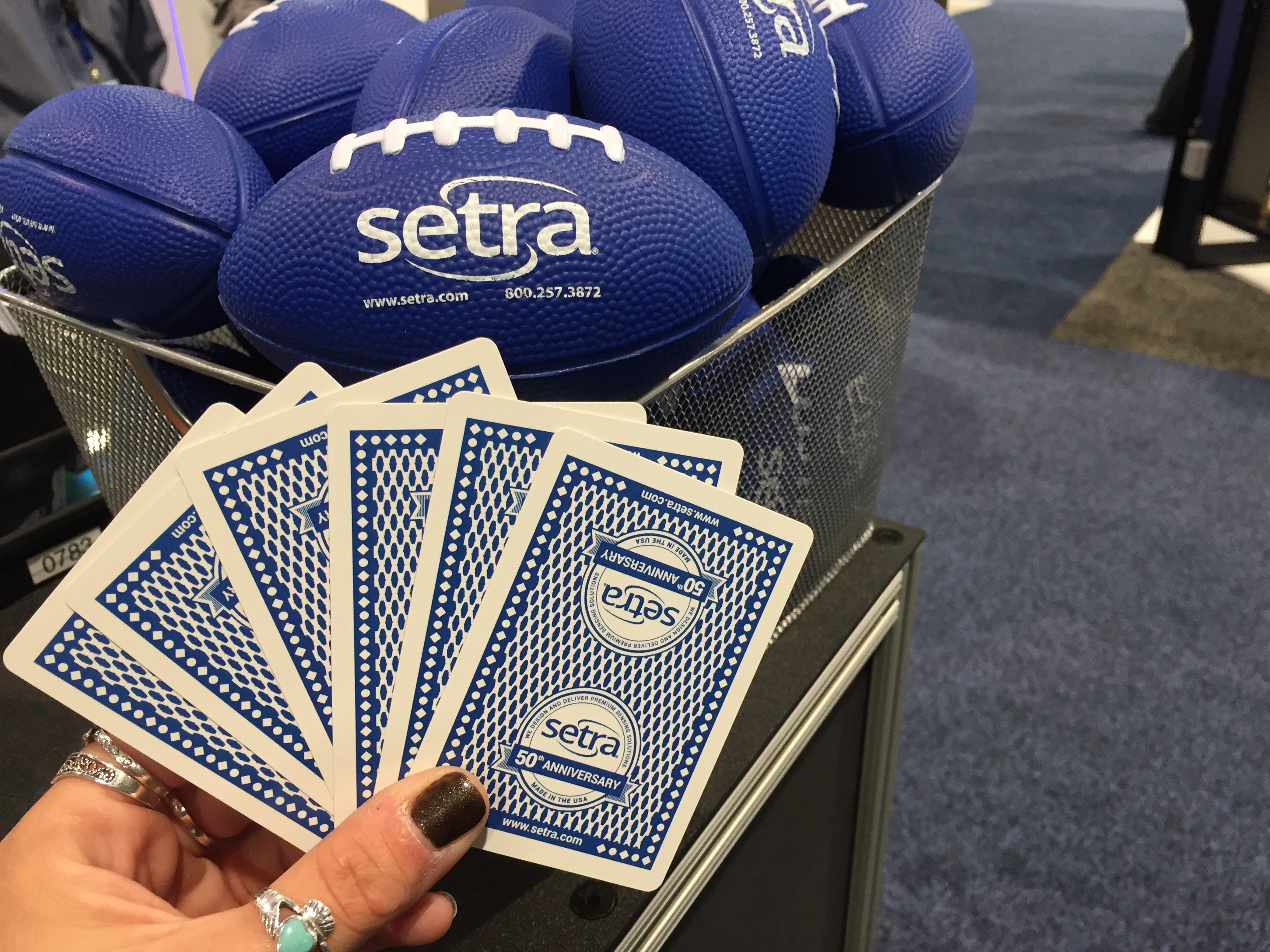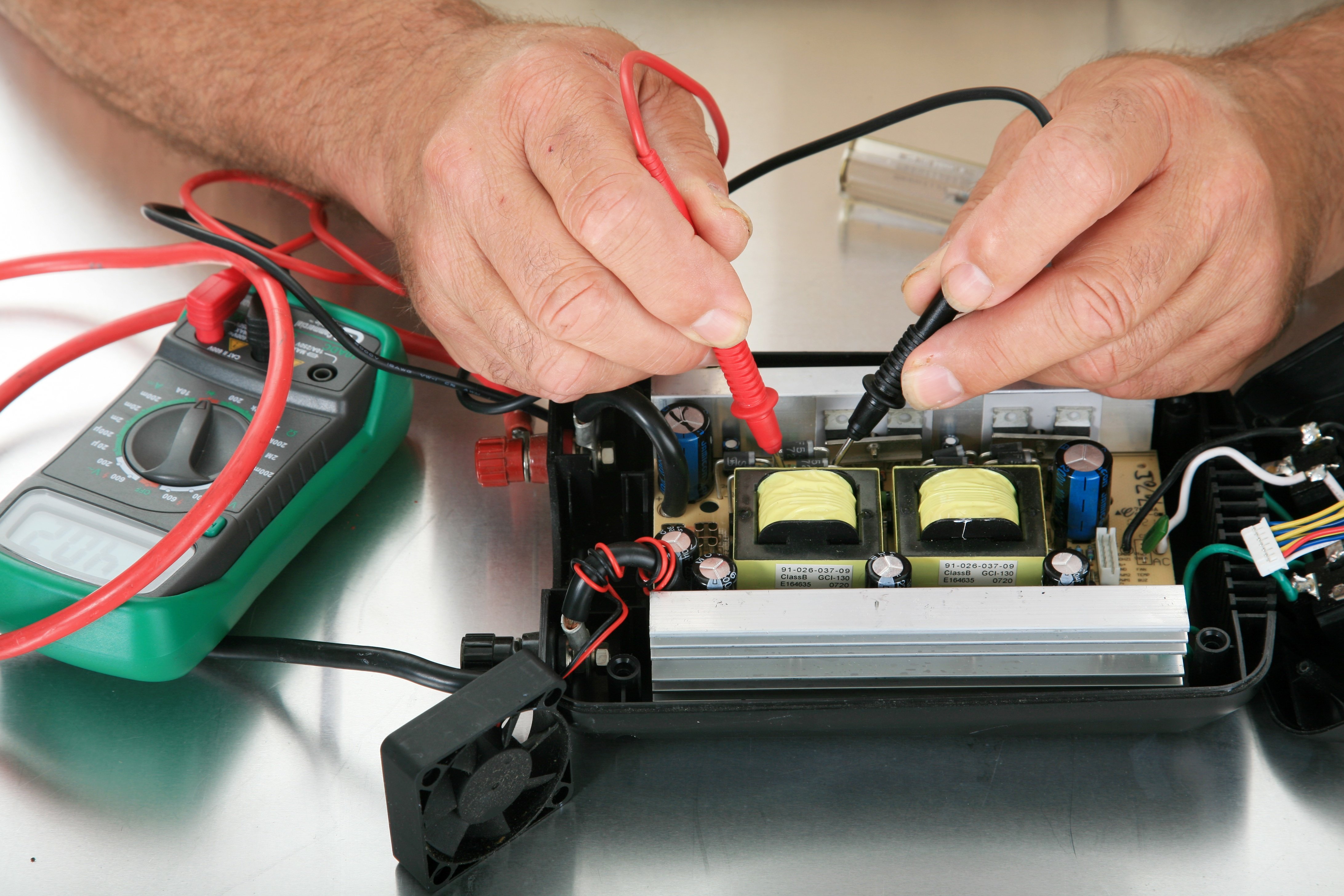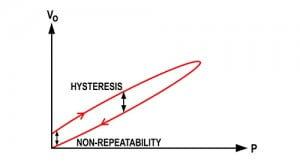Calibration is important regardless of what type of pressure you are monitoring.
Calibration is especially significant for low pressure requirements in critical applications such as vivariums, pharmaceutical manufacturing, cleanrooms and hospital isolation rooms. Other applications for low pressure include medical instrumentation, environmental pollution control, boiler combustion efficiency, air flow and research and development test stands.














